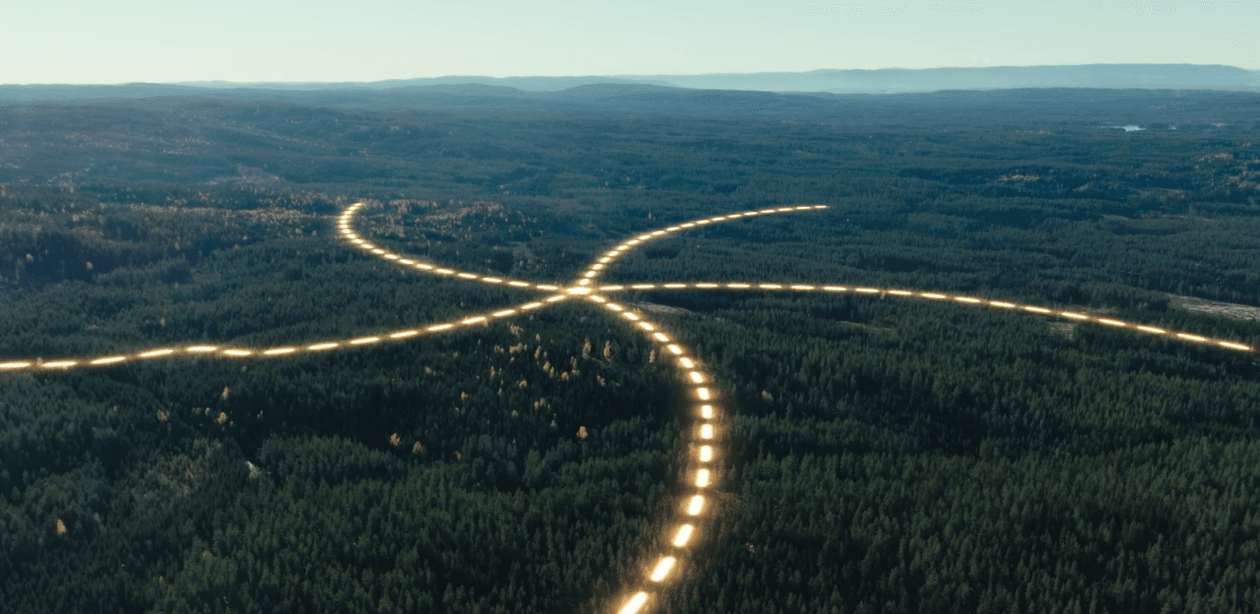From Test Ban Monitoring to Net-Zero: NORSAR’s Evolution in Seismic Array Innovation

From Cold War surveillance to climate-era innovation. Today, NORSAR’s cutting-edge array technology is not just listening for nuclear tests but helping ensure the safe storage of CO₂ beneath our feet. Bettina Goertz-Allmann presents how seismic arrays and microseismic monitoring unlock a safer path to net zero.
About the meeting (held in english)
NORSAR has played a pioneering and enduring role in advancing seismic array technology for the detection and analysis of earthquakes and underground nuclear explosions. Founded during the Cold War, it evolved from a research-driven institution into an integral component of global nuclear-test-ban verification, serving as Norway’s National Data Centre for the Comprehensive Nuclear-Test-Ban Treaty (CTBT) and operating certified International Monitoring System (IMS) stations in support of treaty compliance.
In recent years, NORSAR has expanded its expertise into the field of microseismic monitoring for Carbon Capture and Storage (CCS), applying decades of experience in seismic array design, subsurface imaging, and signal processing to address challenges associated with large-scale CO₂ injection.
A key development in this effort is NORFOX, a full-scale fibre-optic seismic monitoring facility installed in 2023 and co-located with a traditional seismometer array. NORFOX enables direct comparison between Distributed Acoustic Sensing (DAS) data and conventional seismological measurements, fostering advances in cost-effective, high-resolution monitoring of subsurface processes — including induced seismicity at CCS sites.
As global climate goals increasingly depend on the safe deployment of CCS at large scale, microseismic monitoring has become essential for assessing reservoir integrity, fault stability, and plume migration during CO₂ injection. Lessons from CCS sites such as In Salah (Algeria), Decatur (USA), and Quest (Canada) demonstrate the value of integrating microseismic data with geomechanical models and 3D seismic imaging to mitigate risk and build public confidence. Ongoing initiatives, including the Northern Lights project in Norway, continue to push the boundaries of seismic monitoring by combining onshore arrays with offshore fibre-optic networks to enhance event detectability near injection sites.
There will be time for questions after the presentation.
- Date: Wednesday 26. November, 2025
- Place: Realfagbygget, Auditorium 2 (ground floor), Allegaten 41
- Time: Lecture starts at 16.30
- Light refreshments from 16.00 outside the auditorium.
- Open for all
About the speaker
Bettina Goertz-Allmann is a senior researcher in the applied seismology group at NORSAR. She earned her PhD in 2008 with a focus on earthquake source physics at Scripps Institution of Oceanography, UCSD. Afterwards she spent some time as a post-doctoral researcher at the Swiss Seismological Service at ETH Zurich before she joined NORSAR in 2012. She has long experience of microseismic data analysis and earthquake source studies of both natural and induced seismicity. Since over a decade she focuses on analysis of induced microseismicity in Carbon Capture and Storage environments. In 2024 she was awarded the best-paper award of the International Journal of Greenhouse Gas Control.
Organisers
NTVA, Tekna Bergen and Academia Europaea Bergen.
Mer som dette
Nyhetsbrev
NTVAs Ærespris for banebrytende teknologi tildeles Dr. Weijian Zong for utviklingen av Mini2P – et...
Norges Tekniske Vitenskapsakademi tildeler NTVAs æresmedlemskap til Torbjørn Digernes.
Tre NTVA-medlemmer skal bidra til FNs klimapanels syvende hovedrapport
Artikler
Artikkelen diskuterer hvordan menneskelig fremgang, drevet av teknologi og industri, har ført til...
Artikkelen argumenterer for at selv om folk flest verdsetter naturen, taper den ofte kampen om...
I artikkelen hevder forfatterne at vitenskapsakademiene, til tross for konkurranse fra sosiale...
Publikasjoner
I Norge har vi forpliktet oss til å verne store deler av norsk natur, samtidig som det er planer om...
Denne boken er et festskrift til professor Helge Brattebø, utgitt av NTNU og NTVA. Den hyller...
Teknologi endrer samfunn, noe som knapt nok er en nyhet. Om vi betrakter alt som er oppfunnet...
Arrangementer
Vi arrangerer bokbad/debatt i forbindelse med boka Energikrisen som lanseres 2. januar.
Åpent møte på Lerkendal Gård desember kl. 18–20 inviterer NTNU og Polaris Media til samtale om...